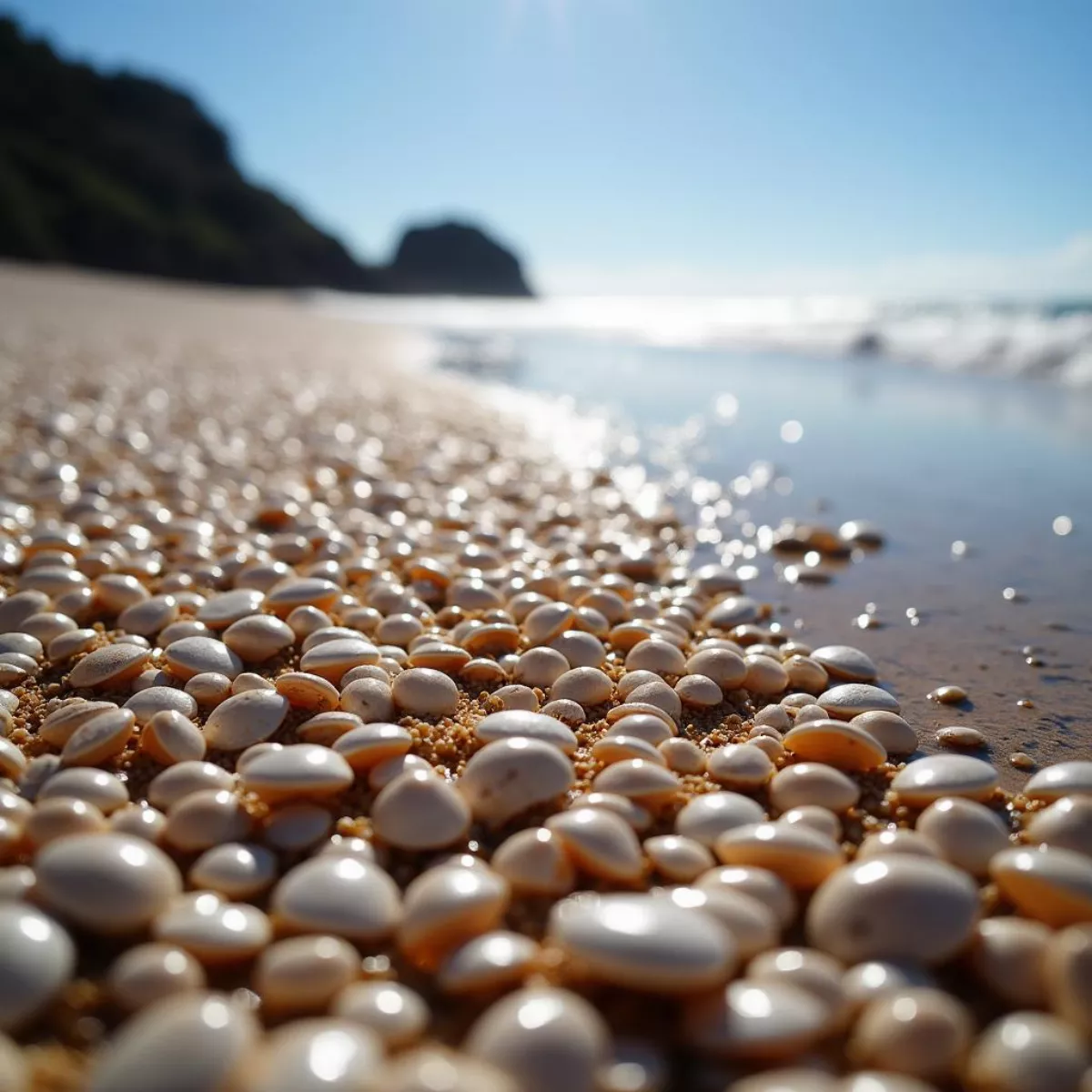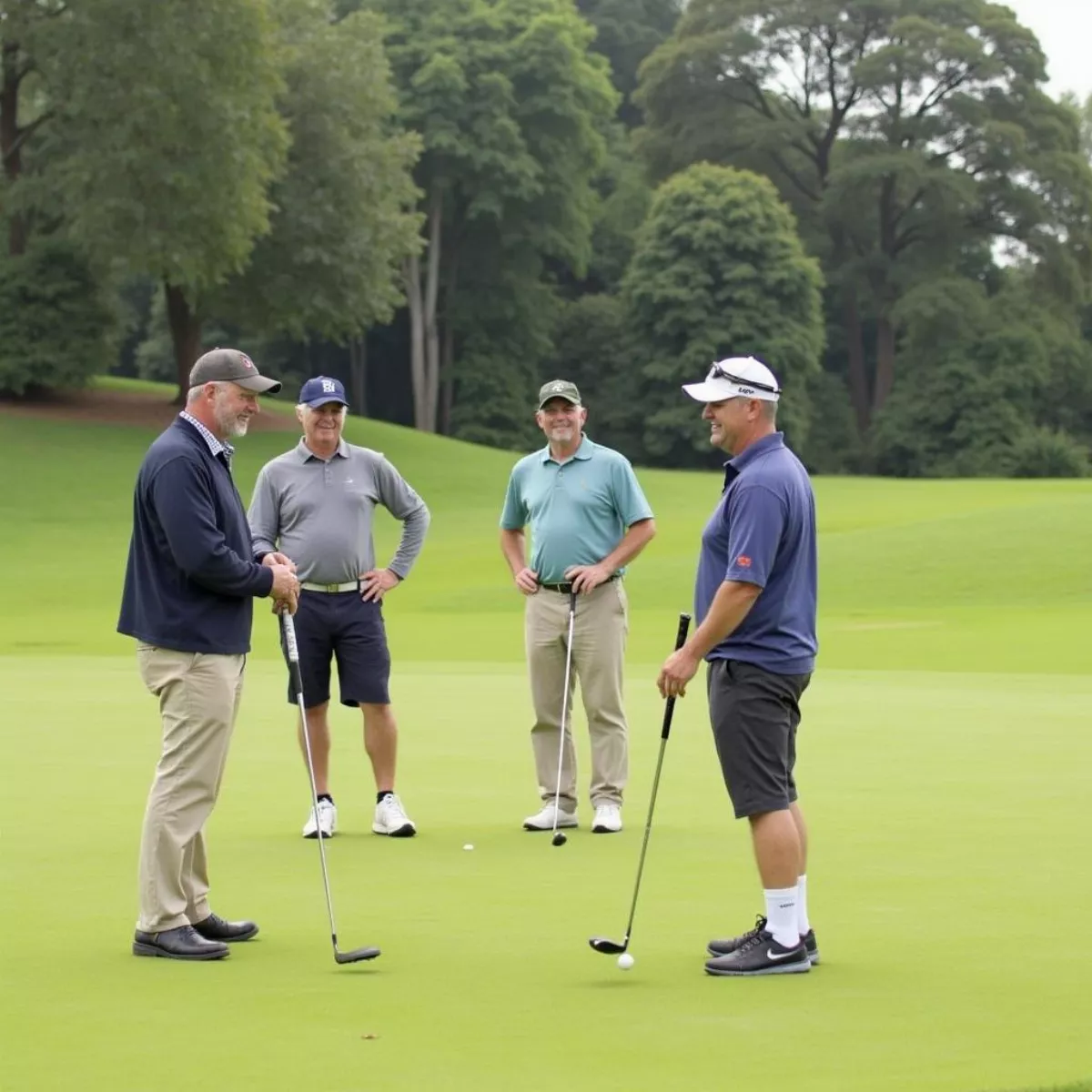Welcome to Papagayo Gulf, one of the most stunning regions in Costa Rica! Nestled on the Pacific coast, this enchanting locale offers a kaleidoscope of natural beauty, vibrant wildlife, and abundant opportunities for adventure. Whether you’re an eco-tourist, a beach lover, or a thrill-seeker, Papagayo Gulf is a destination that promises unforgettable memories.
A Brief Overview of Papagayo Gulf
Papagayo Gulf is located in the Guanacaste Province of Costa Rica, surrounded by pristine beaches and lush tropical landscapes. This area is characterized by its stunning coastline, featuring secluded bays, rocky cliffs, and some of the best resorts the country has to offer. The gulf’s clear waters are not just beautiful; they are rich in marine life, making it a prime spot for diving, fishing, and other water sports.
Why Visit Papagayo Gulf?
- Breathtaking Scenery: The area boasts vibrant sunsets, dramatic cliffs, and soft sandy beaches.
- Variety of Activities: From snorkeling to hiking, there’s something for everyone!
- Luxury Resorts: Enjoy world-class amenities that promise relaxation and comfort.
- Rich Wildlife: Experience Costa Rica’s natural diversity with its flora and fauna.
 Papagayo Gulf aerial view
Papagayo Gulf aerial view
The Best Beaches in Papagayo Gulf
A trip to Papagayo Gulf is incomplete without a visit to its stunning beaches. Here are some of the must-visit spots:
| Beach Name | Description | Activities Available |
|---|---|---|
| Playas del Coco | A vibrant fishing village with lively nightlife. | Snorkeling, Dining, Shopping |
| Playa Hermosa | A serene beach with calm waters. | Swimming, Sunbathing |
| Playa Panama | A quiet beach perfect for relaxation. | Kayaking, Paddleboarding |
| Playa Conchal | Noted for its unique shell-covered shoreline. | Snorkeling, Beachcombing |
Playas del Coco
As the most developed beach in the area, Playas del Coco is a hub of activity. You can enjoy various water sports or visit local shops and restaurants to experience the vibrant culture.
Playa Hermosa
For those seeking tranquility, Playa Hermosa is a hidden gem. With its smooth sand and cool waters, it is ideal for swimming or simply soaking up the sun.
Playa Panama
If you prefer a more secluded setting, head to Playa Panama. With fewer crowds, it’s perfect for a relaxed day on the beach or a fun kayaking adventure.
Playa Conchal
Recognized for its unique coast, Playa Conchal showcases millions of tiny shells instead of sand, creating an artistic landscape. It’s fantastic for snorkeling!
 Playa Conchal shells beach
Playa Conchal shells beach
Adventure Awaits: Activities in Papagayo Gulf
Located in a prime ecological zone, Papagayo Gulf offers an array of activities that allow you to connect with nature. Here are some popular activities to consider:
- Snorkeling & Scuba Diving: Dive into the warm waters to explore coral reefs and marine life, including tropical fish, rays, and even turtles.
- Fishing: The cold waters of the gulf are perfect for both deep-sea and sport fishing. Book a fishing charter for a truly exhilarating experience.
- Hiking: Costa Rica’s lush landscapes make hiking a must. Explore nearby national parks like Rincón de la Vieja or Palo Verde.
- Wildlife Watching: Birdwatchers will be in paradise with diverse species. Don’t miss the chance to spot howler monkeys and iguanas!
 Scuba diving in Papagayo Gulf
Scuba diving in Papagayo Gulf
Lodging Options in Papagayo Gulf
When it comes to accommodations, Papagayo Gulf boasts several world-class luxury resorts. Here are a few worth considering:
| Resort Name | Features | Ideal For |
|---|---|---|
| Four Seasons | Luxury, Spa, Golf | Families, Couples |
| Andaz Costa Rica | Modern Design, Beachfront | Solo travelers, Families |
| Secrets Papagayo | Adults-only, All-inclusive | Couples, Romance |
| Hotel Riu Guanacaste | Affordable, Family-friendly | Budget travelers, Families |
Four Seasons Costa Rica
This resort offers pampering services, stunning ocean views, and easy access to activities like golfing and spa treatments.
Andaz Costa Rica
A perfect blend of nature and luxury, this modern resort makes you feel like you’re in the heart of paradise!
Secrets Papagayo
An adults-only sanctuary that caters exclusively to couples looking for romance and relaxation.
 Luxury Resort in Papagayo Gulf
Luxury Resort in Papagayo Gulf
A Taste of Local Cuisine
No visit to Papagayo Gulf is complete without indulging in Costa Rican cuisine. Here’s a list of delicious local dishes to try:
- Gallo Pinto: A traditional breakfast dish made with rice and beans.
- Ceviche: Fresh fish marinated in citrus juices, often served with corn or plantains.
- Casado: A hearty meal featuring rice, beans, plantains, salad, and a protein of your choice.
- Olla de Carne: A flavorful beef stew with vegetables, perfect after a long day of activities.
Local restaurants and beach bars serve these dishes and more, allowing you to savor the flavors of Costa Rica!
Key Takeaways
- Papagayo Gulf is a stunning destination featuring breathtaking beaches, lush landscapes, and diverse activities.
- Essential beaches include Playas del Coco, Playa Hermosa, Playa Panama, and Playa Conchal.
- Adventure seekers can engage in snorkeling, scuba diving, and hiking in nearby national parks.
- Accommodation options range from luxury resorts to budget-friendly hotels.
- Make sure to indulge in local dishes like Gallo Pinto, Ceviche, and Casado!
FAQs About Papagayo Gulf
1. What is the best time to visit Papagayo Gulf?
The ideal time to visit is during the dry season from late November to April when the weather is sunny and perfect for beach activities.
2. What activities are suitable for kids in Papagayo Gulf?
Families can enjoy snorkeling, visiting wildlife parks, or spending time at the beach. Resorts often host kid-friendly activities.
3. Is it safe to swim at the beaches in Papagayo Gulf?
Most beaches are safe for swimming, but always check local conditions and be cautious of rip currents.
4. Do I need to rent a car in Papagayo Gulf?
While having a car provides flexibility, many resorts offer shuttle services to nearby attractions and beaches.
5. What wildlife can I expect to see in Papagayo Gulf?
You may spot monkeys, iguanas, various bird species, and an array of marine life.
6. Are there any cultural experiences available in the area?
Yes! Visitors can enjoy local festivals, artisan markets, and traditional Costa Rican cooking classes.
7. How can I get around Papagayo Gulf?
Ride-sharing services, local taxis, and organized tours are available for getting around.
8. Are there health precautions I should take?
It’s recommended to be updated on vaccinations and take precautions against mosquito bites.
In conclusion, Papagayo Gulf is not just a place you visit; it’s an experience you cherish. With its stunning beaches, wealth of activities, and rich culture, you’re guaranteed a memorable vacation in this tropical paradise. So pack your bags, and get ready for an adventure in Costa Rica!

 Cleaning Golf Hat with Brush
Cleaning Golf Hat with Brush Drying Golf Hat on a Bowl
Drying Golf Hat on a Bowl
 Golfer Practicing Chipping
Golfer Practicing Chipping Golf Course Strategy Discussion
Golf Course Strategy Discussion
 Shopping Discount Calculation
Shopping Discount Calculation Real-Life Percentage Examples
Real-Life Percentage Examples
 Overview of Spyglass Hill Golf Course
Overview of Spyglass Hill Golf Course  Trent Jones teaching golf course design
Trent Jones teaching golf course design  Trent Jones Jr. on a golf course
Trent Jones Jr. on a golf course 
 Streaming the British Open
Streaming the British Open Watching the British Open Together
Watching the British Open Together
 Golfers on the Green at Old Barnwell
Golfers on the Green at Old Barnwell Old Barnwell Clubhouse Interior
Old Barnwell Clubhouse Interior
 Golf Swing Sequence
Golf Swing Sequence Golf Lesson With Professional
Golf Lesson With Professional
 Golfer Hitting From Rough
Golfer Hitting From Rough Golf Practice Rough Drills
Golf Practice Rough Drills
 Golfer Celebrating a Successful Shot
Golfer Celebrating a Successful Shot Crowd Watching Golf Tournament
Crowd Watching Golf Tournament